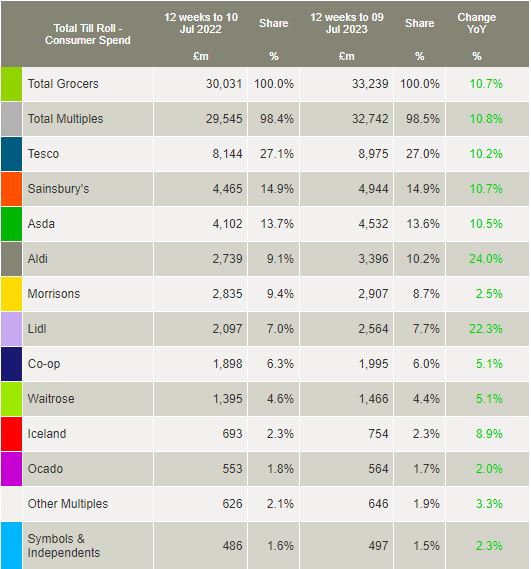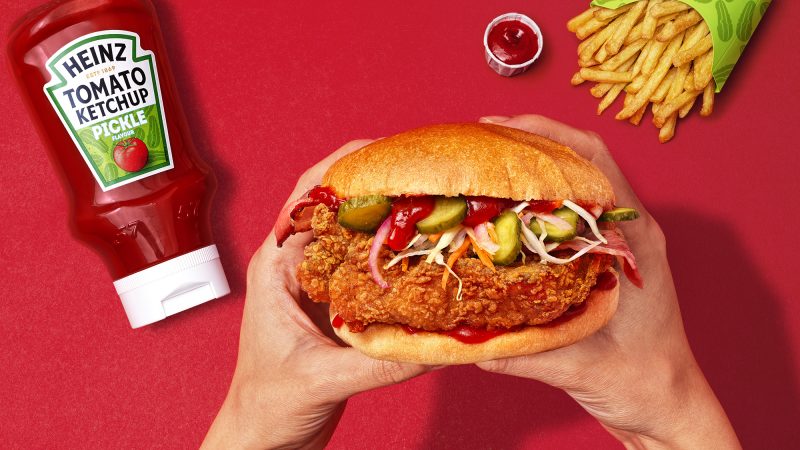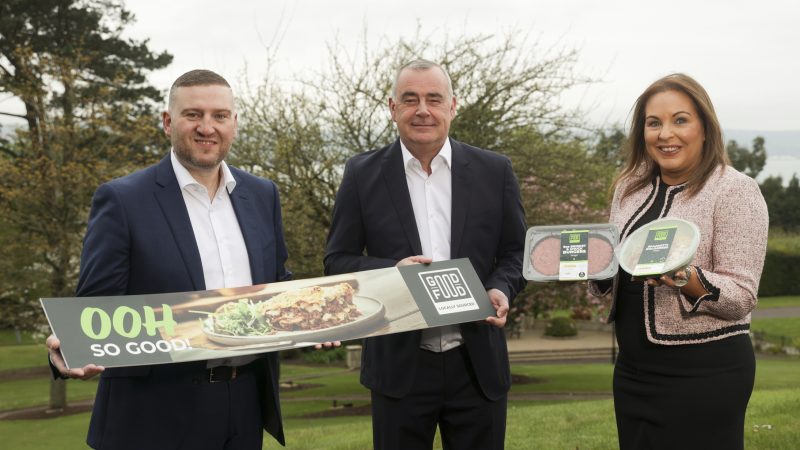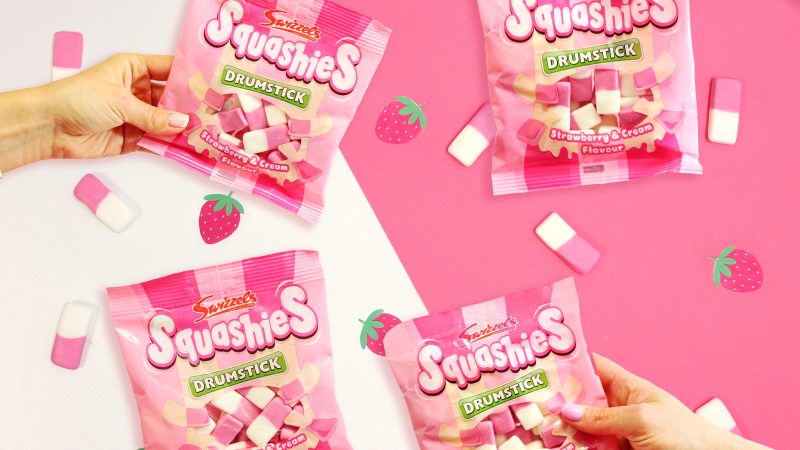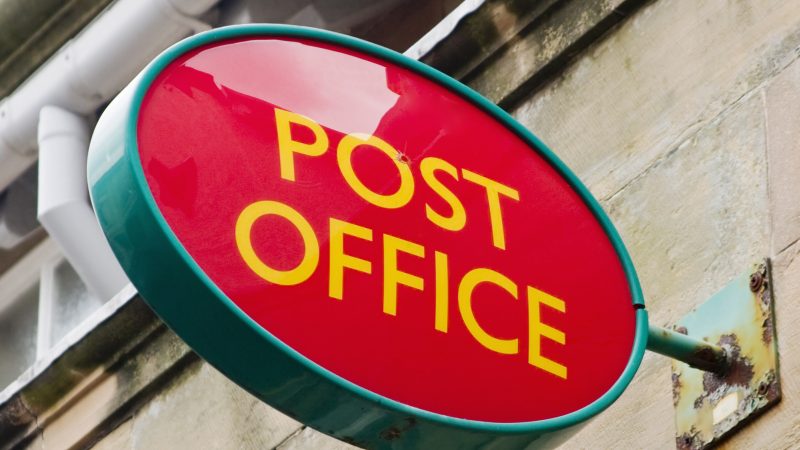Grocery price inflation falls for the fourth consecutive month
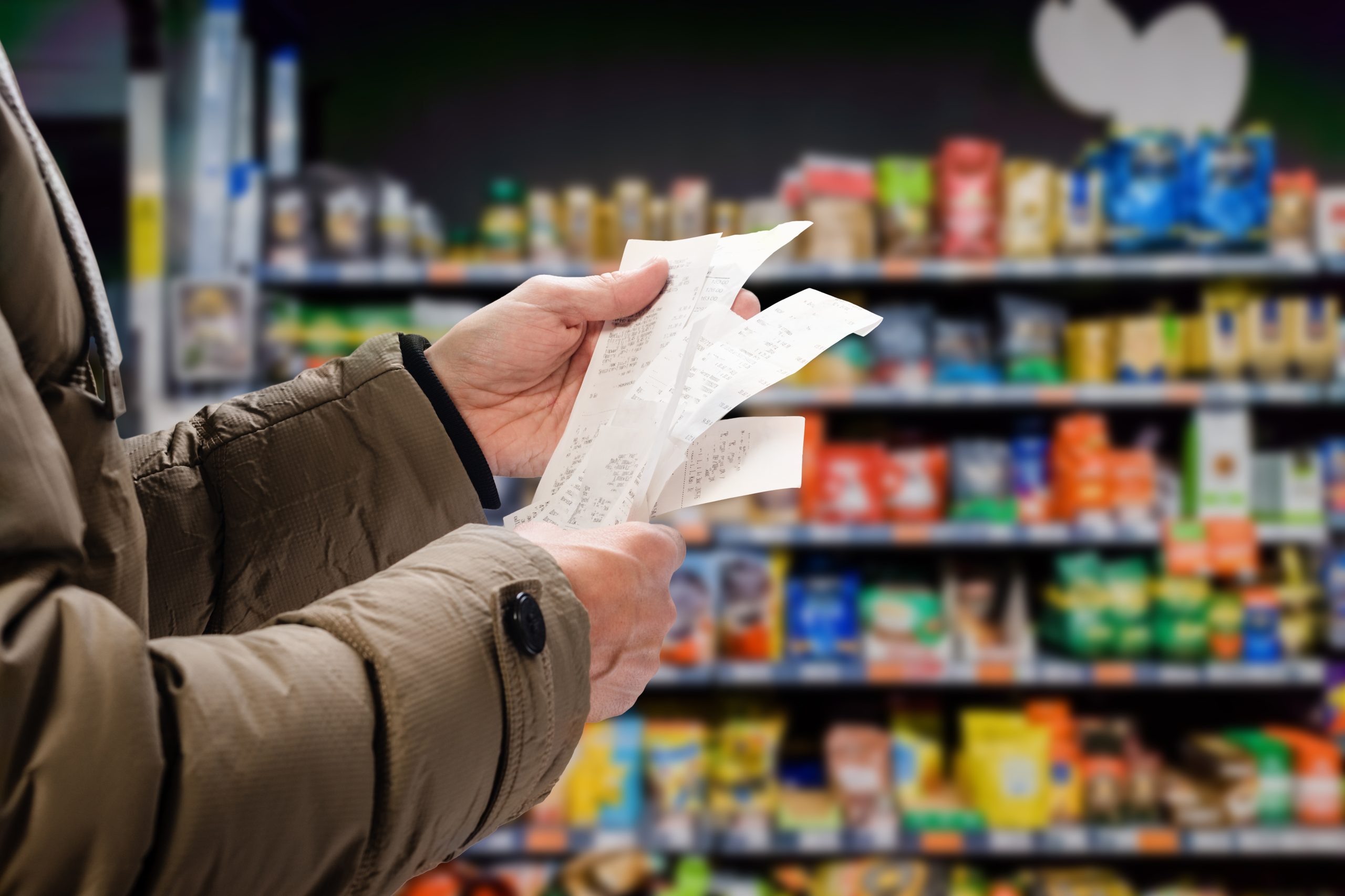
Grocery price inflation has seen its fourth consecutive monthly fall, now sitting at 14.9% for the four weeks to 9th July. However, the rate is still “incredibly high”.
It has been the steepest decline since inflation peaked in March this year, falling 1.6 percentage points.
According to the latest data from market research firm, Kantar, take-home grocery sales grew over the same period by 10.4%, compared with 12 months ago.
The latest grocery market share figures show that the average annual household grocery bill was £330 higher over the past year, well below the potential £683 consumers would have had to have paid if they hadn’t changed their behaviour to cut costs and shop differently.
Indeed, sales of items bought on promotion rose for the first time in two years, with over a quarter (25.2%) of groceries purchased on deal over the latest period.
CHANGING CONSUMER HABITS
Fraser McKevitt, head of retail and consumer insight at Kantar said the falling grocery price inflation will be “good news” for many households.
“Of course, the rate is still incredibly high. The change comes as spending on promotions has gone up for the first time in two years, now accounting for just over a quarter of the total market.
“One of the biggest shifts we’ve seen in this area is retailers ramping up loyalty card deals, like Tesco’s Clubcard Prices and Sainsbury’s Nectar Prices. This could signal a change in focus by the grocers who had been concentrating their efforts on everyday low pricing, particularly by offering more value own-label lines.”
He added that while the boost to promotional spending had contributed to bringing down inflation, it wasn’t the only factor driving the change.
“Prices were rising quickly last summer, so this latest slowdown is partially down to current figures being compared with those higher rates one year ago.
“It’s clear that shoppers have dramatically changed their behaviour to combat inflation, whether by trading down to cheaper products or visiting different grocers.
MARKET SHARE BATTLE
“It also seems the trends towards bigger shops has stuck. We’re visiting the supermarkets less often than we did before the pandemic and buying more when we’re there. Compared to last year, trips to the store have only gone up by 1%. While some people may be shopping less often to manage spending, this is also linked to more people working from home. That has led to fewer opportunities to pop into the shop on the way to or from work.”
Kantar added that competition for market share among the three largest retailers “remains intense”.
Sainsbury’s sales growth edged ahead this month, marking the first time since January this year it has led Asda and Tesco. It grew by 10.7%, maintaining its share of the market for the third consecutive month and is now at 14.9%. This was just ahead of Asda and Tesco which increased sales by 10.5% and 10.2%, giving them market shares of 13.6% and 27.0% respectively.
Aldi was the fastest growing grocer again, with sales up by 24%, now holding 10.2% of the market, up from 9.1% a year ago. Lidl increased its market share, up by 0.7 percentage points to 7.7%, with sales increasing by 22.3%.
Meanwhile, Sue Davies, head of food policy at Which? said their latest research had found supermarket price inflation is, on average, 25.8% more than two years ago at the start of the cost-of-living crisis.
She called on the government to act quickly if any issues are found that could be driving up prices unfairly.
“Ministers must also close loopholes that have made it too easy for supermarkets to get away with unclear pricing,” she said.
“Supermarkets should not wait to make sure pricing, including on loyalty card offers, includes clear and transparent information which helps shoppers get the best value.”
She also stressed all retailers should be stocking a “range of healthy budget items in smaller stores, particularly in areas where shoppers most need help”.
